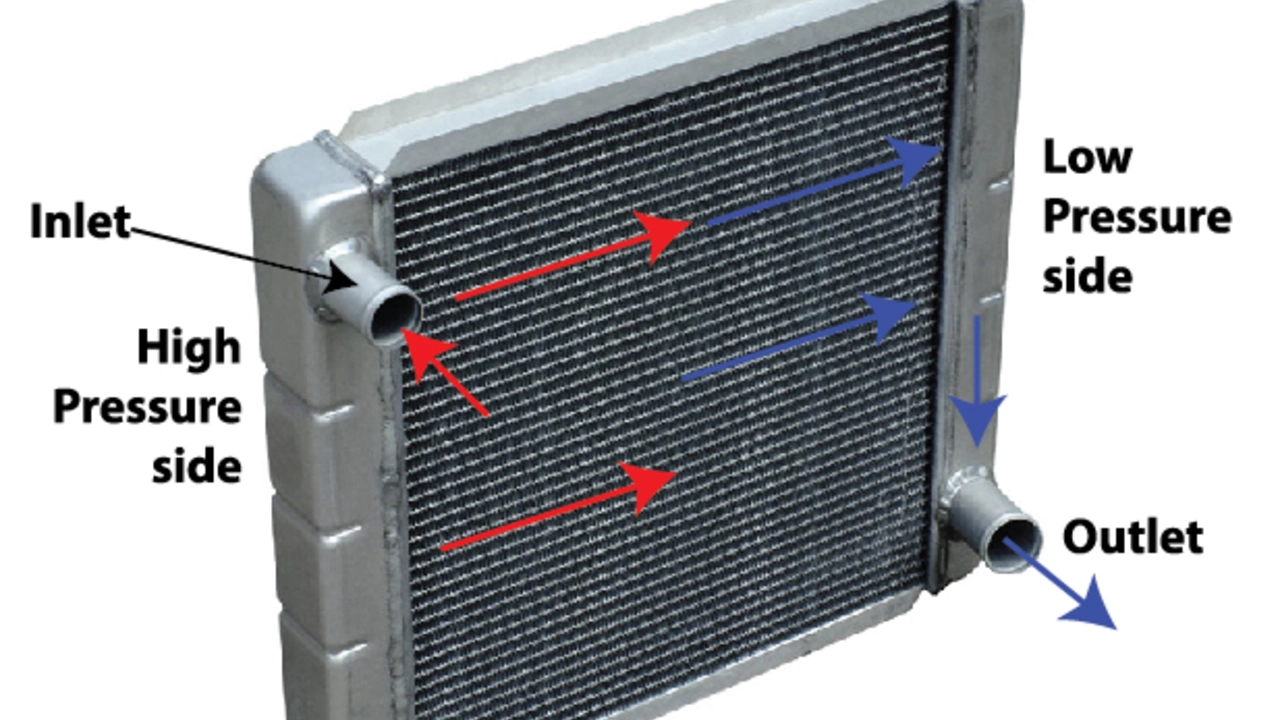Radiator Issues: What’s Going Wrong and How to Fix It
If your car’s temperature gauge is creeping up or the engine feels hotter than usual, the radiator is probably the culprit. Radiators are the heart of the cooling system, and even a small problem can turn into a big headache. Below we break down the two most frequent radiator ailments – a cold radiator that won’t heat up and a blocked radiator that traps heat – and give you straight‑forward ways to diagnose and sort them out.
Cold Radiator Symptoms and Quick Checks
A cold radiator isn’t just a chilly sight; it means the engine isn’t getting the cooling support it needs. The first sign is a temperature gauge stuck low or a warning light that never comes on, even after a long drive. You might also notice weak heater performance inside the cabin because the hot coolant never reaches the heater core.
Start by checking the coolant level. Low coolant is the most common reason a radiator stays cold. If the reservoir is below the “min” mark, top it up with the right mix of antifreeze and water. While you’re at it, look for any obvious leaks around hoses, the radiator core, or the water pump.
If the coolant level is fine, the thermostat could be stuck in the closed position. The thermostat regulates flow of coolant based on engine temperature. When it fails closed, hot coolant never circulates and the radiator stays cold. You can test this by feeling the upper radiator hose after the engine warms up – if it stays cool while the engine is hot, the thermostat is likely at fault.
Another sneaky issue is an air lock. Air bubbles can get trapped in the cooling system, preventing coolant from moving correctly. To bleed the system, open the bleed valve (if your car has one) or gently loosen a lower radiator hose while the engine runs, allowing trapped air to escape.
Blocked Radiator Signs and How to Clear Them
A blocked radiator restricts coolant flow, making the engine overheat quickly. Common clues include the temperature gauge spiking into the red zone, steam coming from under the hood, or a sweet‑smelling coolant odor – that’s the smell of overheating antifreeze.
The first step is a visual inspection. Look for any debris, bugs, or leaves clogging the front of the radiator. A simple garden hose blast can clear most surface blockages. Be sure the engine is cool before you spray.
If external cleaning doesn’t help, the blockage may be inside the core. A flush kit can be bought at most auto parts stores. Fill the radiator with a flushing solution, run the engine for a few minutes, then drain and rinse with plain water. This pushes out rust, mineral deposits, and old coolant that can jam the tiny passages inside the radiator.
Don’t forget the radiator fan. A fan that doesn’t spin or runs too slow makes the radiator work harder, mimicking a blockage. Check the fan’s electrical connections and test the fan motor with a multimeter. If the fan is bad, replace it – it’s usually cheaper than a whole new radiator.
Finally, keep an eye on the water pump. A failing pump can’t push coolant through the radiator, causing similar symptoms. Look for coolant leaks near the pump housing or a whirring noise coming from the engine bay. If the pump is weak, replace it before the radiator suffers further damage.
By staying alert to these signs and doing quick checks, you can catch radiator problems early and avoid expensive engine repairs. Keep your coolant topped up, bleed out any air, and give the radiator a regular clean‑out. Your car stays cooler, runs smoother, and you’ll save both time and money.
